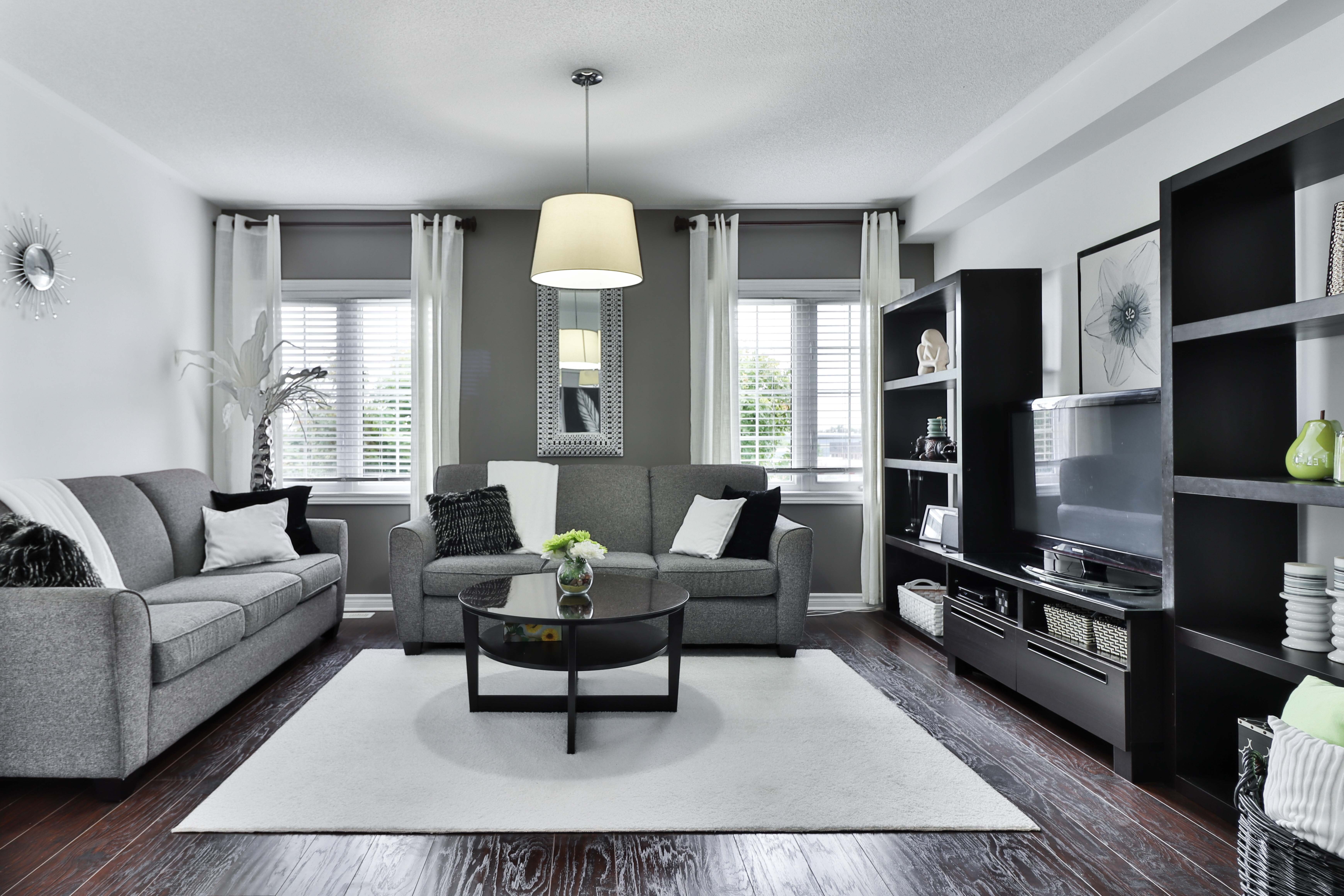7 Innovative Upcycling Ideas to Enhance Your Airbnb Property's Appeal

The short-term rental market, as I observe it from a structural engineering standpoint, is fundamentally about perceived value versus fixed cost. Guests are paying a premium for an experience, not just a bed in a specific zip code. We've seen the saturation point for generic, mass-produced decor—it signals low effort, which translates directly into lower perceived quality in the guest's mind. My recent data analysis suggests a measurable correlation between unique, character-driven interior elements and higher nightly rates, even after controlling for square footage and location metrics.
This brings us to the fascinating, often overlooked domain of material repurposing—upcycling—within property staging. It’s not simply about saving money, although the economics are certainly compelling when materials are sourced locally and without acquisition costs. It's about embedding a narrative into the physical space. When a guest sees a coffee table crafted from reclaimed structural beams, they are interacting with a story of material history, which is far more memorable than anything bought off a flat-pack assembly line. Let's examine seven specific applications where this material transformation yields measurable aesthetic and functional returns for an Airbnb host operating in this competitive environment.
Consider, for instance, the humble wooden pallet. Most see waste; I see standardized, pre-cut lumber units ready for deconstruction or direct application. One highly effective application I've documented involves stripping down several pallets, treating the wood appropriately for moisture resistance—a critical step often skipped, leading to premature failure—and then reassembling the planks into vertical slatted headboards for the guest bedrooms. This technique provides a textured, architectural focal point that costs virtually nothing beyond labor and sealant, immediately distinguishing the room from standard drywall and paint. Another area ripe for this material intervention is bathroom storage. Old, sturdy drawers salvaged from discarded dressers, when cleaned, lightly sanded, and fitted with simple metal cup pulls, become unique, wall-mounted vanity shelving units, offering a rustic contrast to modern tile work. Furthermore, I’ve experimented with using the metal banding often found securing large shipments; when carefully cut and bent, these strips can serve as surprisingly robust, industrial-chic curtain tie-backs or even towel racks, provided the mounting hardware penetrates the wall studs securely. We must also look at glass. Broken or discarded wine bottles, when professionally cut and ground smooth—safety first, always—can be arranged into mosaic backsplashes in small kitchenettes, catching the light in a way that manufactured tiles rarely achieve.
Moving beyond structural elements, the integration of repurposed textiles offers significant textural variation. Old denim jeans, particularly those with interesting fading patterns, are being shredded and then felted or woven into surprisingly durable, yet soft, throw blankets suitable for the living area couch. This process requires specialized equipment or significant manual labor, but the resulting item is entirely unique and speaks directly to sustainability concerns many modern travelers hold dear. Think about discarded leather belts: instead of tossing them, I’ve seen these cut and riveted together to create adjustable straps for hanging pendant lighting fixtures made from salvaged metal ventilation piping. This mixture of hard industrial material and flexible leather creates a compelling visual tension. Even something as simple as old canning jars can be transformed; by drilling a small hole in the lid and threading a low-voltage LED strip inside, you create charming, self-contained pathway lighting for outdoor patios or walkways, eliminating the need for expensive, permanent electrical installations. Finally, for exterior seating areas, old tires, thoroughly cleaned and painted with durable exterior enamel, can be stacked and padded with custom-cut foam to form surprisingly comfortable, weather-resistant ottomans, offering functional outdoor furniture at minimal material cost.
More Posts from colossis.io:
- →The Simplified Guide to Leveraging Massive Local Storage for Hospitality Businesses
- →AI-Enhanced Virtual Staging The Future of Real Estate Marketing in 2024
- →Capturing Reality with Panasonic's Lumix S5 II and IIX 6K Video and Improved AF for Hospitality Marketing
- →Stylish Gardening Tools Elevating Your Green Thumb Experience
- →Generating Passive Income Through Strategic Commercial Real Estate Investing
- →Unlocking Opportunities 7 Emerging Commercial Real Estate Markets to Watch in 2024